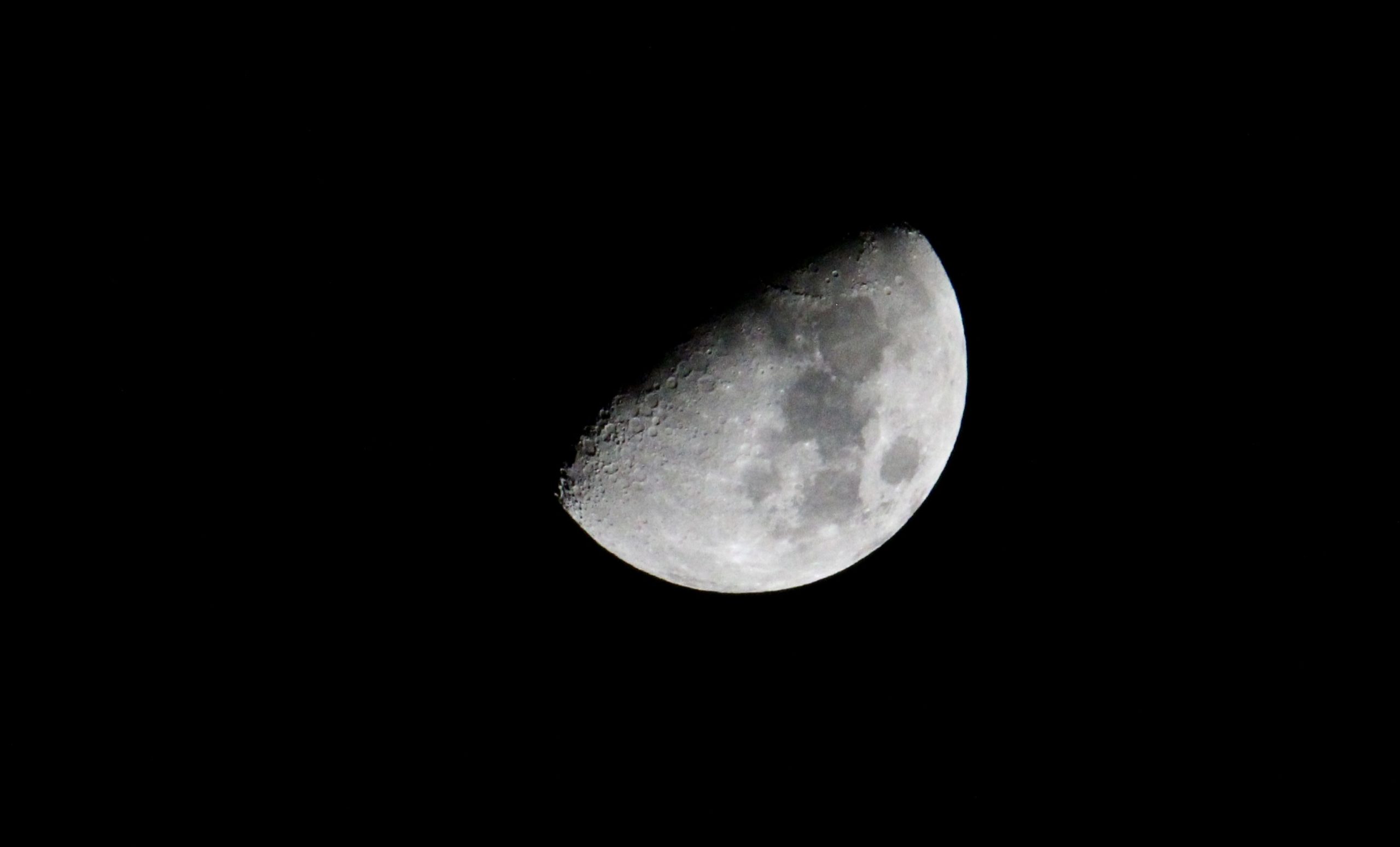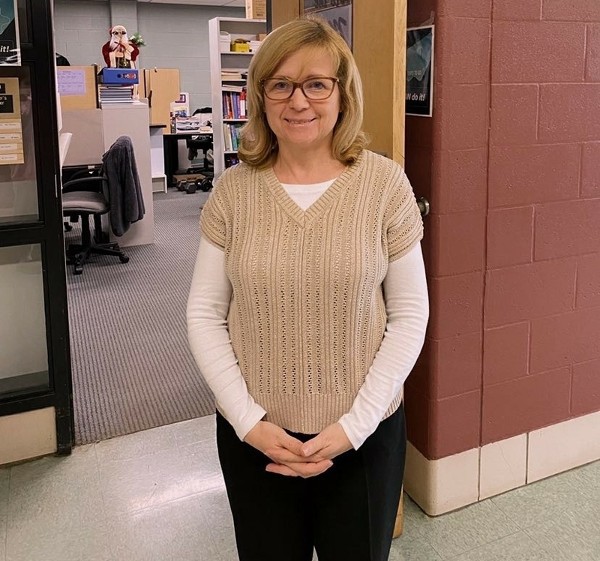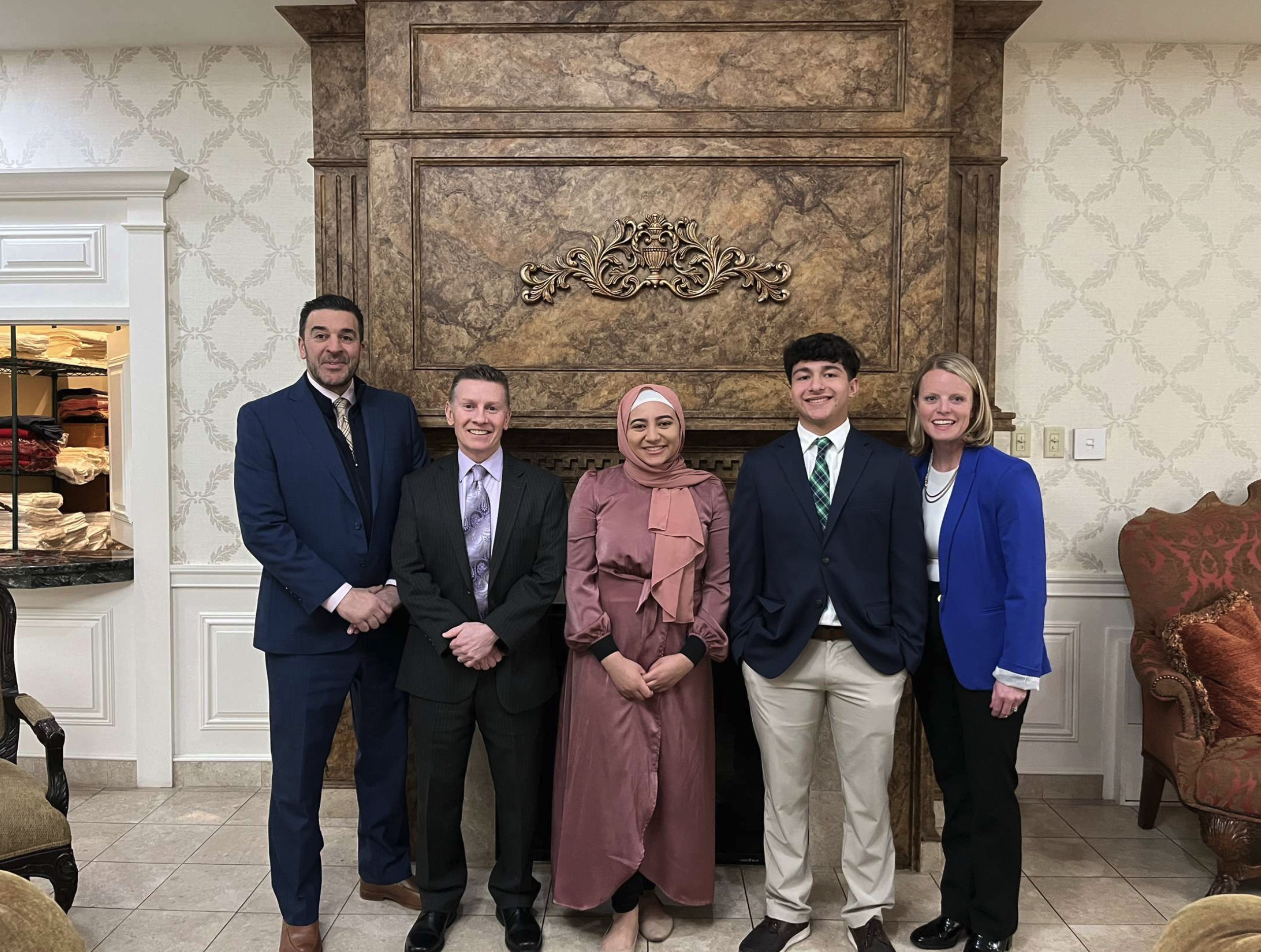To most people, space is unpredictable and weird; but to the astronomers of Woodland Regional High School, space is an amazing spectacle that is to be studied and admired. This is why our local astronomers are aware of The Green Comet.
This rare comet is also known as C/2022 E3 (ZTF). The “C” means it’s a non-periodic comet that takes more than 200 years to orbit the sun. “2022” is the year it was discovered. “E3” says that it is the third comet discovered in the fifth half month (F being the half month of March). “ZTF” stands for Zwicky Transient Facility, which is the observatory where the comet was discovered. This comet is very rare, as it only passes by the Earth every 50,000 years. This is due to its orbit around the sun that passes through the outer reaches of the solar system.
Comets—also known as dirty snowballs—are normally made of ice and rock, which are the remnants of the formation of our solar system.
Most comets could come from beyond Pluto’s orbit. They would come from the Oort Cloud or the Kuiper Belt, which is farther than the Oort Cloud. Long distance comets, like the Green Comet, usually come from the Kuiper Belt.
The Green Comet gets its green color from the sun’s ultraviolet radiation. It’s absorbed by a molecule in the comet called diatomic carbon—two carbon atoms fused together.
Astronomy teacher, Jill Blasi, says that it’s the first comet recorded in history that’s green.
“It’s kind of cool for the compounds that it contains, and as it gets closer to the sun, the compounds start to melt. This forms the tail that faces away from the sun.”
For people in the Northern Hemisphere that want to view the comet, the best time would be in the morning sky during the month of January. In early February it will be visible in the morning for those in the Southern Hemisphere.
The Green Comet truly is a magnificent and thrilling sight, and nobody will want to miss this once in a lifetime experience.



















